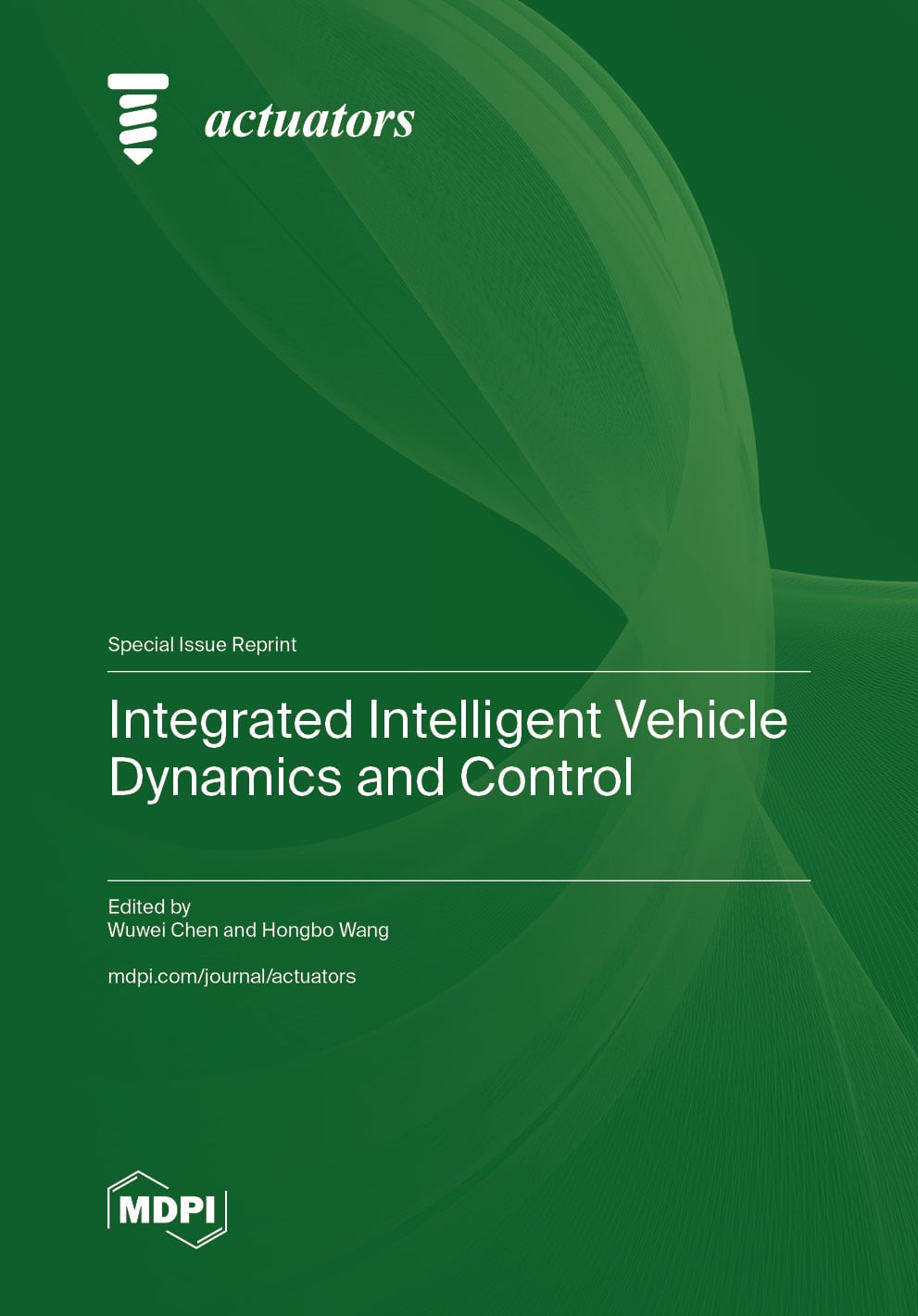- Article
Magnetostatic and Thermal Analysis of Classical and Hybrid Axial Active Magnetic Bearings
- Renat Badykov,
- Zhenxin Liu and
- Artem Yurtaev
- + 3 authors
The paper presents the development of analytical and finite element models, focusing on both magnetostatics and thermal solutions, of axial classical and hybrid active magnetic bearings (AMBs). An improved hybrid axial AMB design is proposed, combining permanent magnets and an electromagnet, where the bias magnetic flux is provided by the permanent magnets. This configuration significantly reduces the power consumption and heat generation. Numerical modeling is conducted using 2D magnetostatic and both 2D and 3D thermal finite element analysis. The study focuses on the system’s mass reduction, electrical power consumption, and heat flow output while maintaining the bearing’s load capacity. Digital control systems and algorithms have been developed and fabricated for both axial classical and hybrid axial AMBs, using an ESP32 microcontroller. Two experimental setups have been designed, fabricated, and tested.
4 January 2026




